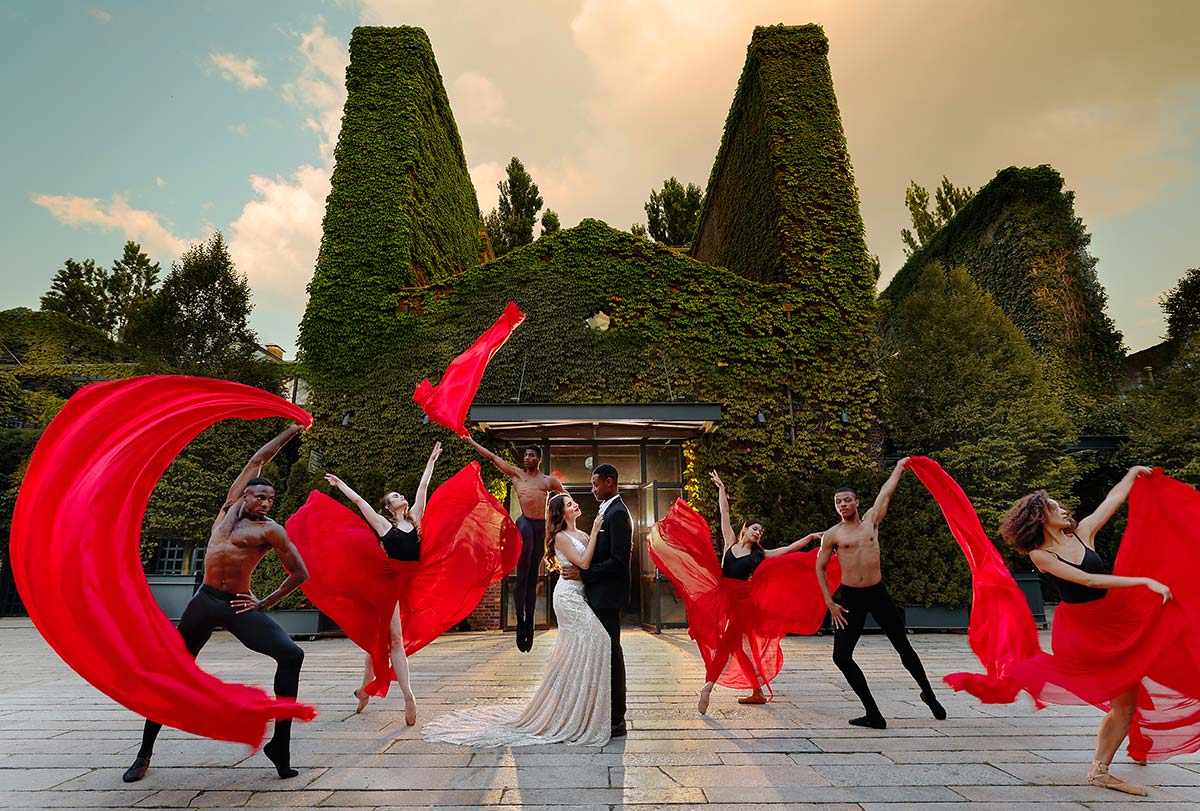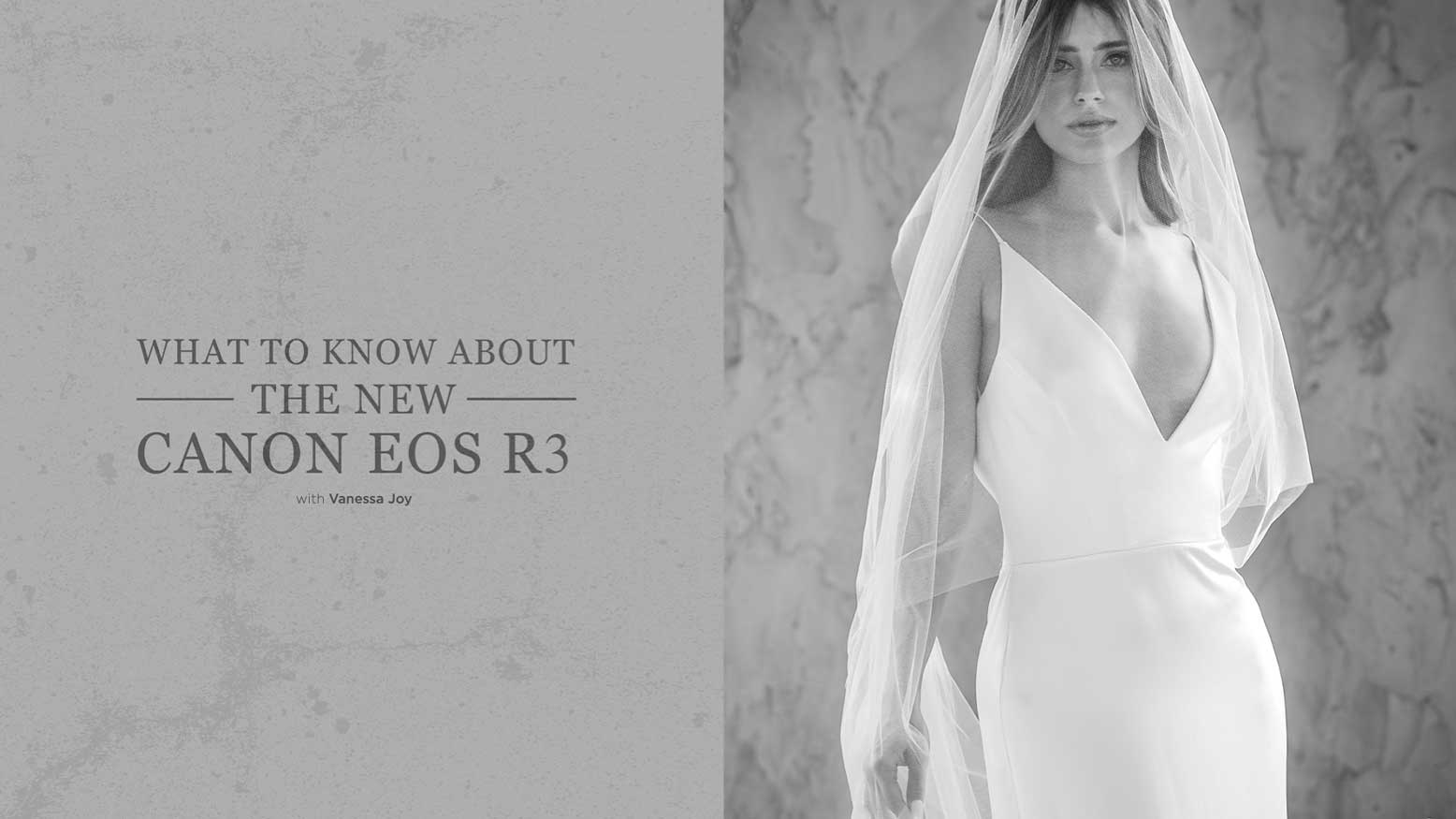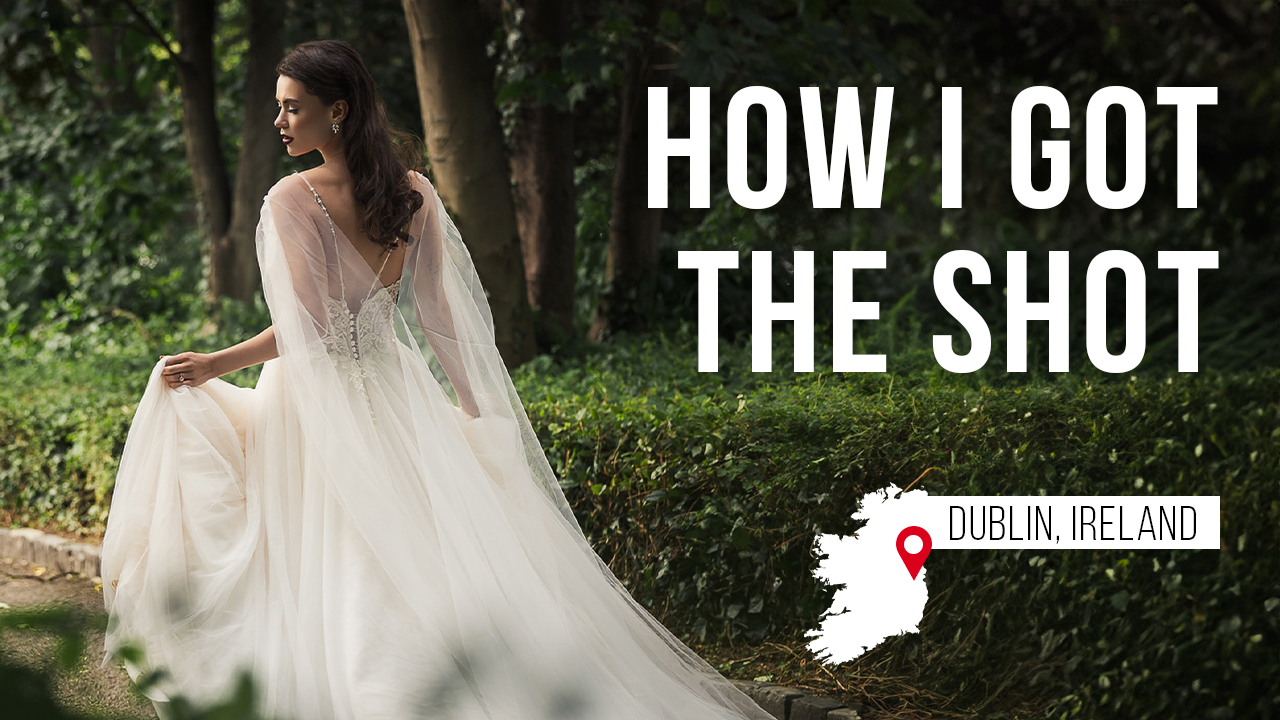What to Know About the New Canon EOS R3 with Vanessa Joy
I recently had the chance to take the upcoming Canon EOS R3 on a couple of jobs and I’m excited to share my experiences with you.
For those who don’t know, the R3 is sort of a hybrid between the mirrorless R5 and the more sports-oriented DSLR, 1D X Mark III. Sports shooters are going to love having the DSLR functionality in a mirrorless camera. It’s a bit lighter too, which makes it less tiring to get those great action shots. Being a hybrid between the 1D X and the R5 brings some tradeoffs. The camera is meant for sports shooting. It’s meant to be fast so you can keep up with whatever action you’re shooting. Because of that, it’s limited to a 24-megapixel image. That’s more than the 1D X, but less than the R5.
Another big upgrade over the 1D X is the electronic shutter, which can shoot at 30 frames per second. In addition to the extra speed, the suppression on the rolling shutter is four times better than in the 1D X. So the shutter drag you’re used to on the 1D X, particularly in low light, is no longer a problem with the R3. You’ll hardly notice any shutter distortion at all. The mechanical shutter shoots at 12.
If you’re planning on upgrading to the R3 from a 1D X, you’ll be able to use the same batteries as that camera. Fans of mirrorless cameras will be happy to learn that the R3 has the same dust and water protection as the 1D X. This further solidifies its pedigree as an action-oriented camera, and it fixes a common problem people have with mirrorless devices.
If you’re moving from an R5, you’ll unfortunately have to do without the touch and drag controls. The R3 has a smart controller and a multi-joystick controller, but touch and drag has been removed.
Autofocus
Big improvements have found their way into the autofocus of the R3. Eye, head and face detection is made even more powerful with the use of deep learning technology. It’s also automatically enabled now, so you don’t have to turn it on. You can choose to switch between human, animal and a new entry: vehicles.
A feature I really find useful at times is the eye control autofocus. You’ll have to calibrate this by moving your eye around the viewfinder and letting it track your eye movement. It’s best to do this in a variety of lighting conditions and positions so it can get the best calibration. You can save and load multiple profiles if more than one person is using the device.
This isn’t a feature you’ll use all the time, but it’s a big help when you do. I find that at wedding receptions, especially in lower light, people moving around in and out of the frame can confuse a traditional autofocus. But the eye control knows what I’m looking at and keeps the focus trained on where I want it to be. The feature is easy to enable with the touch of a button, so there’s no problem switching it on and off during a busy shoot.





